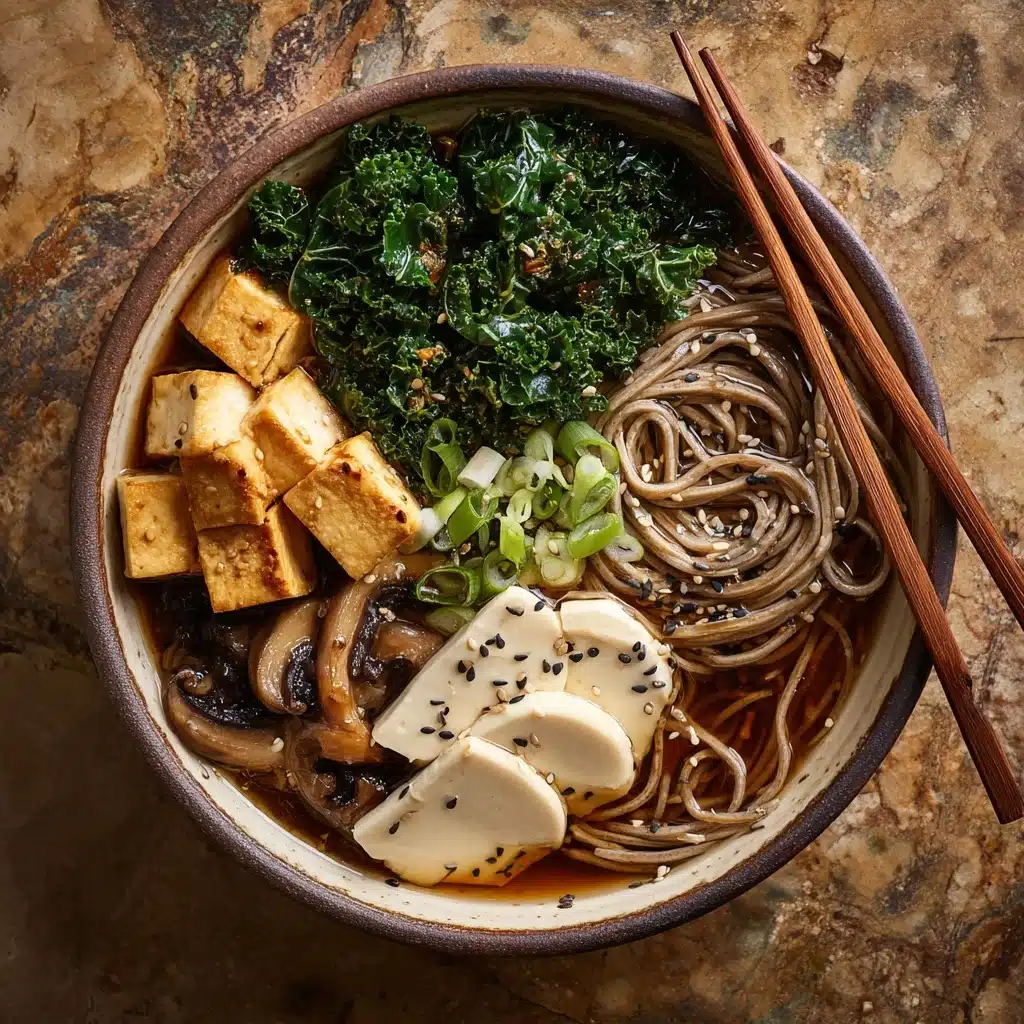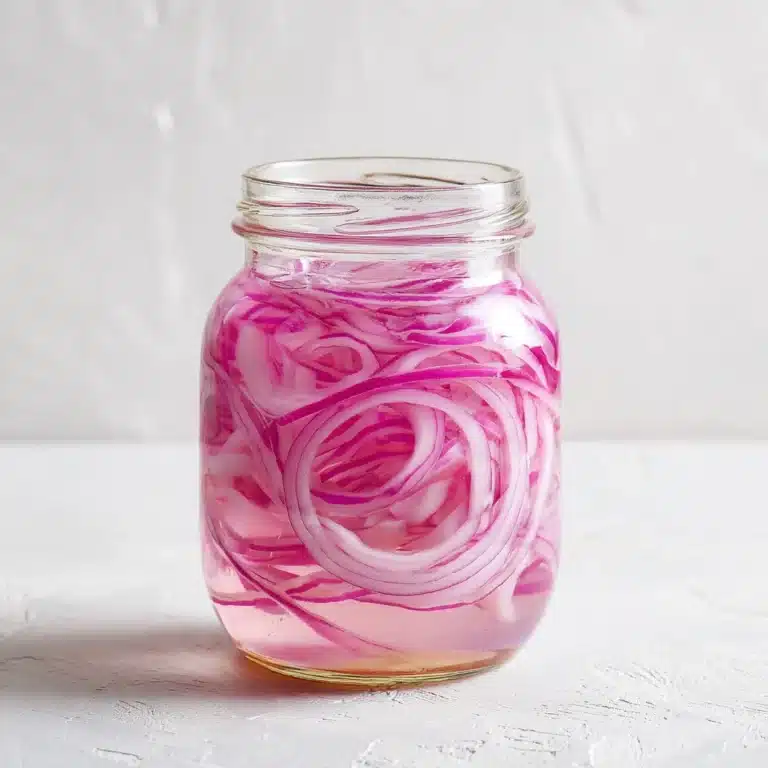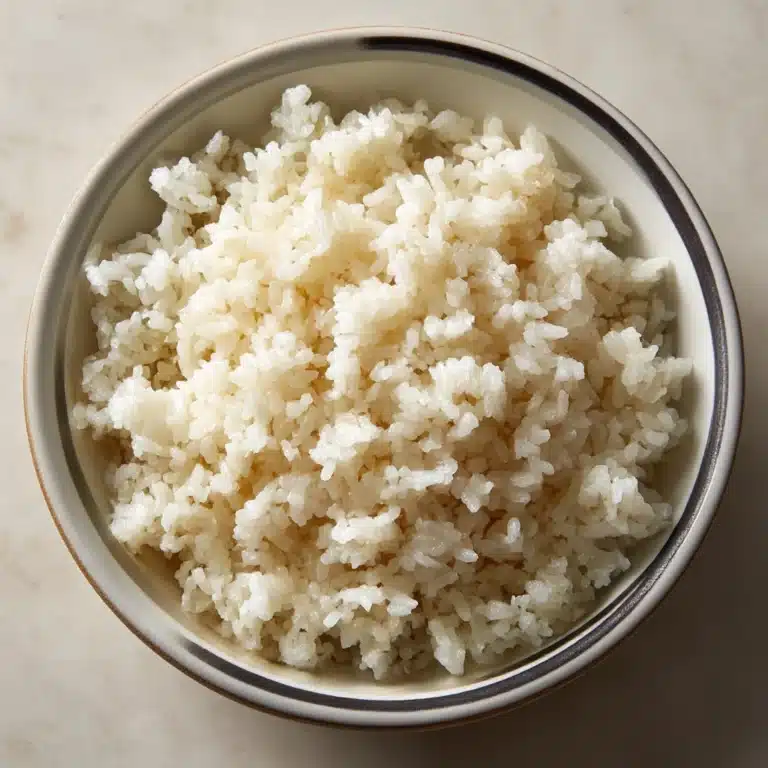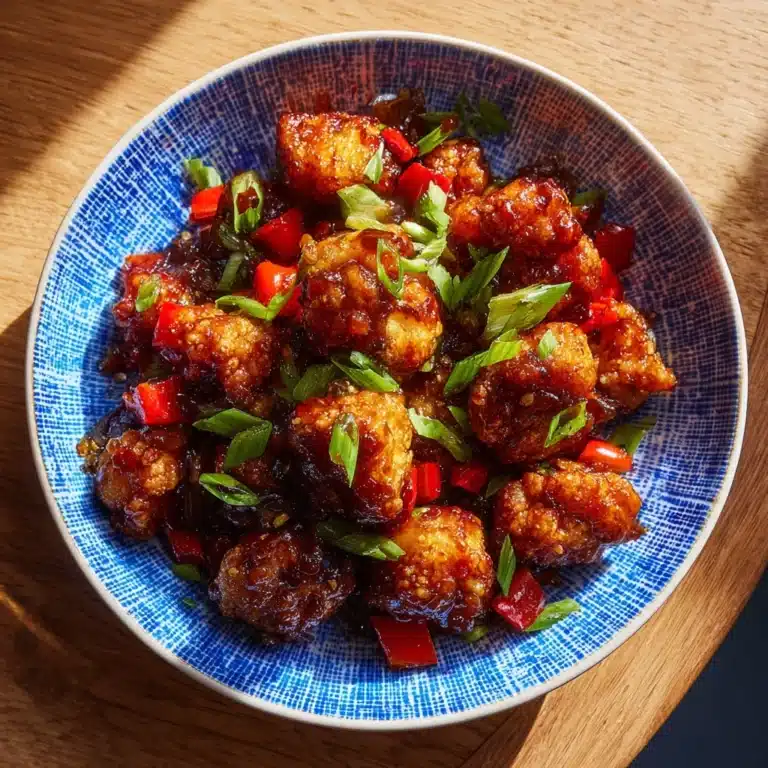Imagine a simple yet transformative approach to eating that has helped Okinawans become some of the healthiest people in the world. Hara Hachi Bu is a mindful eating practice that invites you to savor every bite, tune in to your body, and stop eating when you’re just 80 percent full. It’s not about restriction or deprivation—it’s about finding natural balance and joy at the table, allowing you to feel light, satisfied, and truly nourished without ever feeling weighed down. Whether you’re interested in longevity, better digestion, or simply a more harmonious relationship with food, Hara Hachi Bu is a breath of fresh air—one deliciously mindful meal at a time.
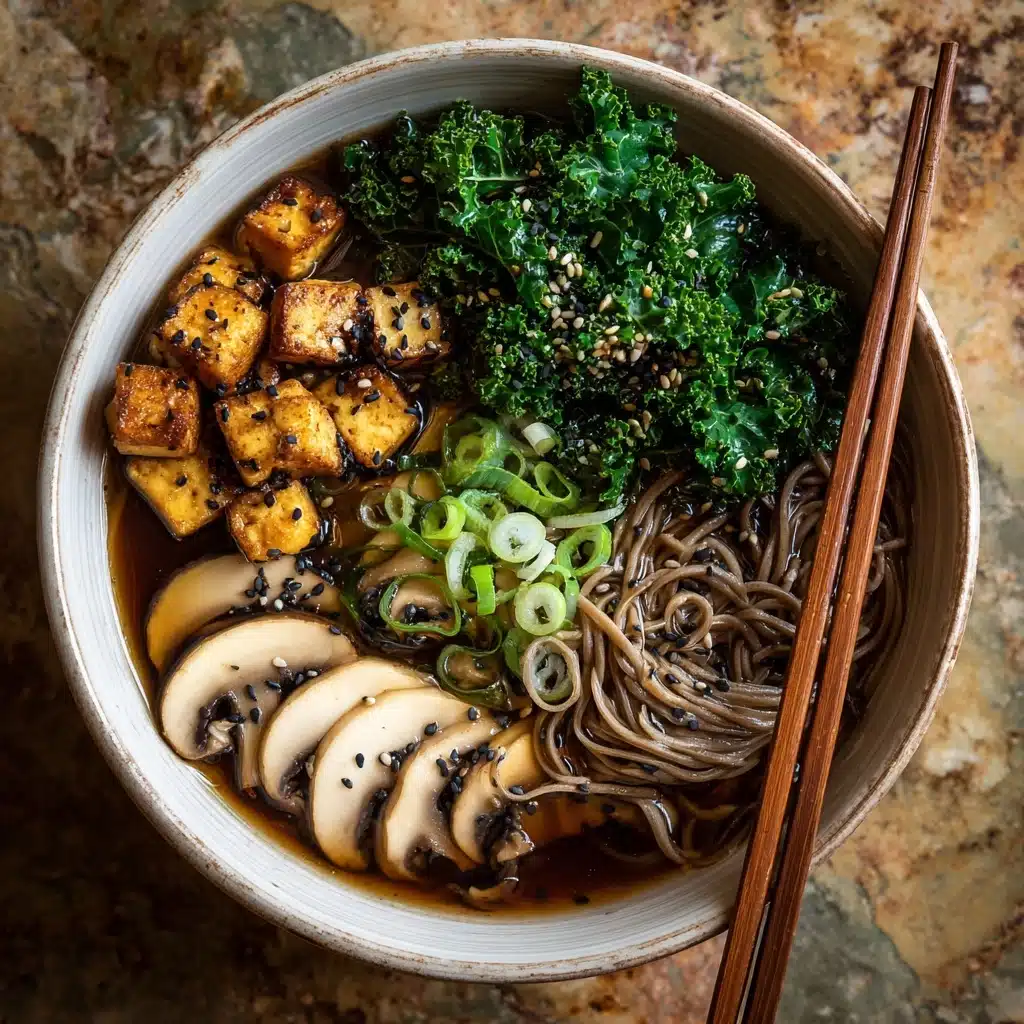
Ingredients You’ll Need
-
Not applicable—this is a mindful eating practice rather than a recipe.
How to Make Hara Hachi Bu
Step 1: Set the Stage
Before you even start your meal, commit yourself to Hara Hachi Bu. Clear your eating space of distractions, set out a smaller plate if possible, and take a few deep breaths. A calm setting primes you for a mindful meal.
Step 2: Plate with Intention
Rather than piling food high, serve yourself slightly less than you might normally take. This simple act helps your body recalibrate what “enough” looks like, making Hara Hachi Bu feel achievable and natural from the start.
Step 3: Eat Slowly and Mindfully
As you take each bite, put your fork or chopsticks down for a moment. Chew thoroughly and really taste every flavor, letting each mouthful linger. The slower pace makes it much easier to recognize the cues your body sends as you approach quiet satisfaction.
Step 4: Notice Satisfaction Signals
Pause periodically during your meal and ask yourself: “How full am I, really?” With Hara Hachi Bu, your goal is to stop eating when you’re about 80% full—satisfied, but not stuffed. If you reach for seconds, check in again before serving.
Step 5: Finish with Gratitude
Whether you finished everything or left a few bites, close your meal by expressing gratitude. This simple reflection helps reinforce the positive, mindful habit and leaves you feeling fulfilled long after your plate is empty.
How to Serve Hara Hachi Bu
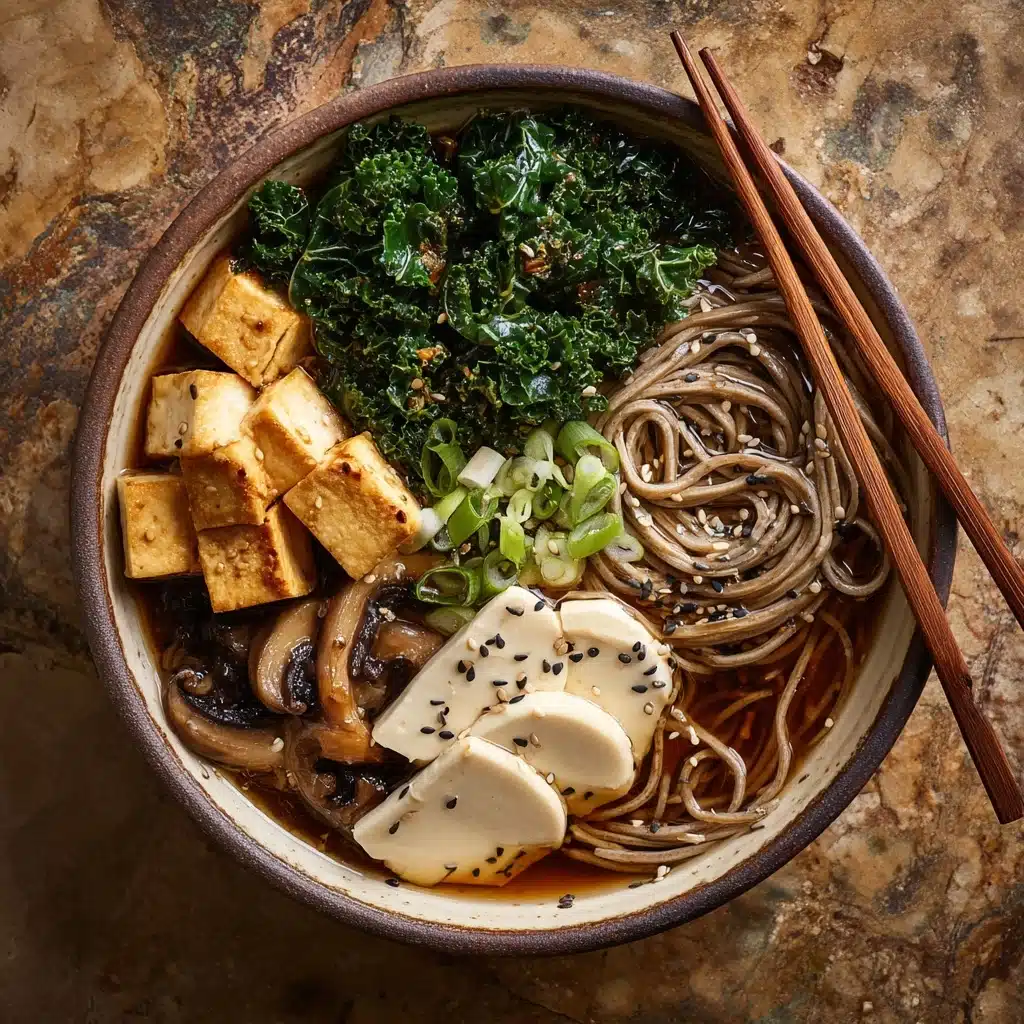
Garnishes
While Hara Hachi Bu itself isn’t a dish, elevate your mindful meals by garnishing plates with fresh herbs, sliced citrus, or vibrant pickles. These little touches invite you to slow down and admire each meal, making even simple dishes feel special.
Side Dishes
When embracing Hara Hachi Bu, consider thoughtful side dishes that add variety, color, and nutrition in small portions. Steamed veggies, miso soup, or a small portion of pickled ginger can round out your meal and help you focus on both quality and satisfaction.
Creative Ways to Present
Try serving meals in smaller bowls or compartments, traditional Japanese-style, to encourage portion mindfulness. Bento boxes, beautiful plates, or chopsticks can all enhance the experience, making Hara Hachi Bu not just a practice but a joyful ritual at the table.
Make Ahead and Storage
Storing Leftovers
Since Hara Hachi Bu emphasizes smaller portions and truly noticing when you’re satisfied, you may find yourself with leftovers more often. Embrace airtight containers and keep extras in the fridge for simple, mindful meals later—the practice works beautifully with planned leftovers.
Freezing
Many dishes that support the Hara Hachi Bu lifestyle freeze well, letting you portion out individual servings for another day. This is especially helpful for soups, whole grains, or steamed vegetables so that mindful eating can be a low-stress part of your busy routine.
Reheating
When reheating, avoid multitasking so you can be present during your meal. Bring food to the right temperature gently and savor the aroma as you do—this mindful preparation is a perfect warm-up to practicing Hara Hachi Bu again.
FAQs
Is Hara Hachi Bu a diet or a specific menu?
Not at all! Hara Hachi Bu isn’t a restrictive diet or a set list of foods—it’s a cultural practice centered on mindful, moderate eating. You can apply it to any cuisine Eating Practice, Wellness.
How can I tell when I’m 80% full?
Recognizing 80% fullness gets easier with practice: you’ll feel satisfied, your hunger will have subsided, but you won’t feel heavy or sluggish. Pause throughout your meal, notice how your stomach feels, and aim to stop just before complete fullness hits.
What are the benefits of practicing Hara Hachi Bu?
People who practice Hara Hachi Bu often notice better digestion, improved portion control, balanced energy, and sometimes even weight management. Long-term, it’s thought to contribute to health and longevity, as seen in Okinawan culture.
Can children and families use Hara Hachi Bu?
Absolutely! Mindful eating benefits everyone. Encourage children to listen to their bodies by letting them serve themselves and decide how much to eat, empowering them with lifelong healthy habits.
Is Hara Hachi Bu helpful for people with dietary restrictions?
Yes! Whether you’re vegetarian, gluten-free, or have other dietary needs, Hara Hachi Bu is totally flexible. Just combine it with a variety of balanced, nutrient-rich foods that work for your lifestyle.
Final Thoughts
If you’re longing for a more relaxed, enjoyable, and healthy way to eat, give Hara Hachi Bu a try. The shift to stopping just short of fullness is simple but powerful—after a few meals, you might wonder how you ever dined any other way. Here’s to your vibrant, mindful table!
Print
Hara Hachi Bu Recipe
- Total Time: Not applicable
- Diet: Vegetarian
Description
Hara Hachi Bu is a traditional Japanese Okinawan practice that promotes mindful and moderate eating. This approach encourages individuals to eat until they are 80% full, fostering better digestion, portion control, and overall health benefits.
Ingredients
Not applicable—this is a mindful eating practice rather than a recipe.
Instructions
- Hara Hachi Bu Practice: Hara Hachi Bu is a mindful eating practice from Okinawa, Japan. It involves eating slowly, being aware of your body’s signals of hunger and fullness, and stopping when you are 80% full.
- Mindful Eating Techniques: To practice Hara Hachi Bu, chew your food thoroughly, take smaller bites, and avoid distractions like screens during meals. This practice can lead to increased awareness and satisfaction with meals.
- Benefits of Hara Hachi Bu: Regularly practicing Hara Hachi Bu may promote longevity, weight management, and a healthier relationship with food.
Notes
- Combine Hara Hachi Bu with nutrient-dense meals for optimal health.
- Hara Hachi Bu focuses on moderation, not calorie counting.
- Consult with a healthcare provider for personalized dietary advice.
- Prep Time: Not applicable
- Cook Time: Not applicable
- Category: Eating Practice, Wellness
- Method: Mindful Eating
- Cuisine: Japanese, Okinawan
